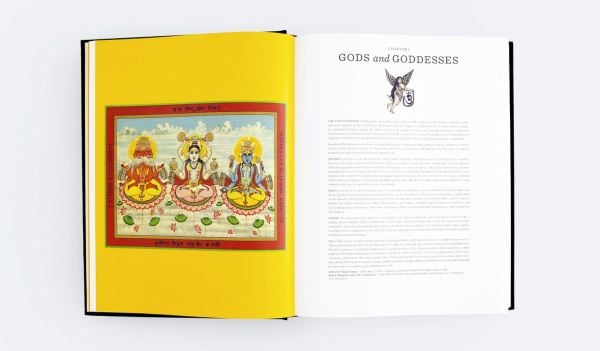Labels of Empire
Textile Trademarks: Windows into India in the Time of the Raj
- Labels of Empire is a deluxe edition with 1,285 colour images. It is the first book to categorise the labels produced for the British and Indian textile industries and to examine the significant role they played in the histories of both
- These colourful, eye-catching images will have broad general appeal
- They will be of particular interest to the textile audience of Meller’s three previous books—which to date, have sold more than 69,700 copies—as well as to ephemera collectors and dealers, the many institutions with textile collections, and those with an interest in the history of India and its popular culture. Since they were, in effect, company trademarks, and as such designed to draw attention, they offer a wealth of inspiration to graphic artists in fields such as advertising, book design, and packaging
- A richly visual art book and a cultural-historical study. Like Meller’s Textile Designs, Russian Textiles, and Silk and Cotton, it is suitable for universities, schools, libraries and museums, historians, and historical societies
At one time Great Britain clothed the world. In the 1880s, when the British textile industry was at its height, 85 percent of the world’s population wore clothing made from fabric produced in the mills of Lancashire. From 1910 to 1913 alone, seven billion yards of cloth were folded, stamped, labeled, and baled. Most of this output was for export, and 30 percent of it went to India.
British textile manufacturers selling into the competitive Indian market were dealing with a largely illiterate population. In order to differentiate their goods, they stamped their cloth with distinctive images—a crouching tiger or perhaps an elephant standing on top of a globe. When chromolithography came into widespread use in the late 1800s, illustrated paper labels (known in the trade as “shipper’s tickets”) made to appeal to the local people were added. Designed, printed, and registered in Manchester, these brightly colored images were pasted onto the pieces of cloth being sold, further helping to establish a company’s brand. Hindu gods, native animals, scenes from the great Indian epics—the Mahabharata and Ramayana—and views of everyday life were common subjects. In a sense a form of premium, they provided the consumer with an additional incentive to buy the goods of a particular firm.
Labels of Empire begins with the late 19th-century heyday of British textile manufacturing and closes with Indian independence in 1947. By combining visual narrative, popular culture, and magical realism in a way never done before, this book offers an unprecedented look at the British textile industry in the time of the Raj—and its remarkably successful use of paper labels as trademarks.
- Publisher
- ORO Editions
- ISBN
- 9781954081253
- Published
- 9th Jun 2023
- Binding
- Hardback
- Territory
- World excluding USA, Canada, Australasia. Asia non-exclusive.
- Size
- 299 mm x 229 mm
- Pages
- 544 Pages
- Illustrations
- 1285 color
Distributed by ACC Art Books
Our Catalogues
Please log-in or create an account to see your recent items.







